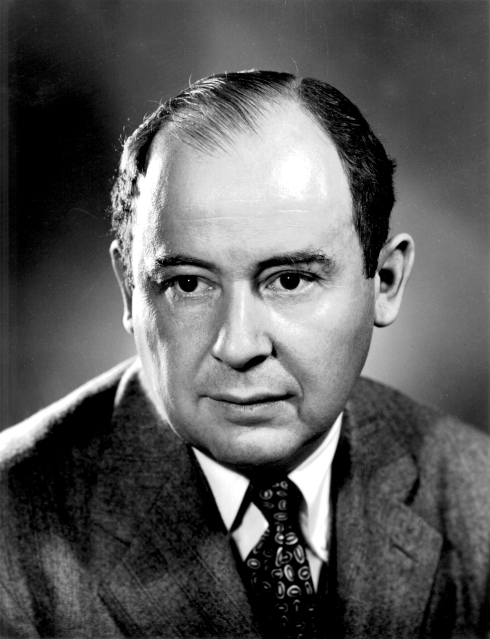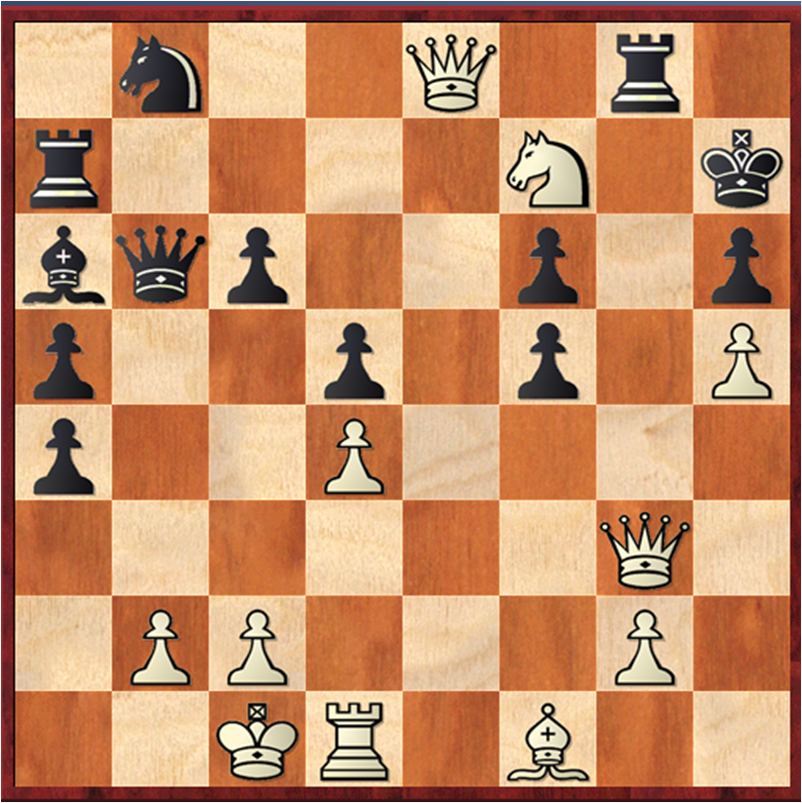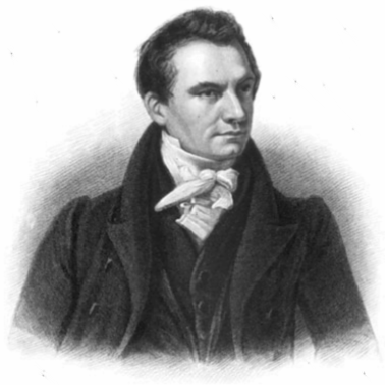|
Zermelo's Theorem (game Theory)
In game theory, Zermelo's theorem is a theorem about finite two-person games of perfect information in which the players move alternately and in which chance does not affect the decision making process. It says that if the game cannot end in a draw, then one of the two players must have a winning strategy (i.e. can force a win). An alternate statement is that for a game meeting all of these conditions except the condition that a draw is now possible, then either the first-player can force a win, or the second-player can force a win, or both players can at least force a draw. The theorem is named after Ernst Zermelo, a German mathematician and logician, who proved the theorem for the example game of chess in 1913. Example Zermelo's Theorem can be applied to all finite-stage two-player games with complete information and alternating moves. The game must satisfy the following criteria: there are two players in the game; the game is of perfect information; the board game is finite ... [...More Info...] [...Related Items...] OR: [Wikipedia] [Google] [Baidu] |
Game Theory
Game theory is the study of mathematical models of strategic interactions among rational agents. Myerson, Roger B. (1991). ''Game Theory: Analysis of Conflict,'' Harvard University Press, p.&nbs1 Chapter-preview links, ppvii–xi It has applications in all fields of social science, as well as in logic, systems science and computer science. Originally, it addressed two-person zero-sum games, in which each participant's gains or losses are exactly balanced by those of other participants. In the 21st century, game theory applies to a wide range of behavioral relations; it is now an umbrella term for the science of logical decision making in humans, animals, as well as computers. Modern game theory began with the idea of mixed-strategy equilibria in two-person zero-sum game and its proof by John von Neumann. Von Neumann's original proof used the Brouwer fixed-point theorem on continuous mappings into compact convex sets, which became a standard method in game theory and m ... [...More Info...] [...Related Items...] OR: [Wikipedia] [Google] [Baidu] |
Perfect Information
In economics, perfect information (sometimes referred to as "no hidden information") is a feature of perfect competition. With perfect information in a market, all consumers and producers have complete and instantaneous knowledge of all market prices, their own utility, and own cost functions. In game theory, a sequential game has perfect information if each player, when making any decision, is perfectly informed of all the events that have previously occurred, including the "initialization event" of the game (e.g. the starting hands of each player in a card game).Archived aGhostarchiveand thWayback Machine Perfect information defined at 0:25, with academic sources and . Perfect information is importantly different from complete information, which implies common knowledge of each player's utility functions, payoffs, strategies and "types". A game with perfect information may or may not have complete information. Games where some aspect of play is ''hidden'' from opponents ... [...More Info...] [...Related Items...] OR: [Wikipedia] [Google] [Baidu] |
Ernst Zermelo
Ernst Friedrich Ferdinand Zermelo (, ; 27 July 187121 May 1953) was a German logician and mathematician, whose work has major implications for the foundations of mathematics. He is known for his role in developing Zermelo–Fraenkel axiomatic set theory and his proof of the well-ordering theorem. Furthermore, his 1929 work on ranking chess players is the first description of a model for pairwise comparison that continues to have a profound impact on various applied fields utilizing this method. Life Ernst Zermelo graduated from Berlin's Luisenstädtisches Gymnasium (now ) in 1889. He then studied mathematics, physics and philosophy at the University of Berlin, the University of Halle, and the University of Freiburg. He finished his doctorate in 1894 at the University of Berlin, awarded for a dissertation on the calculus of variations (''Untersuchungen zur Variationsrechnung''). Zermelo remained at the University of Berlin, where he was appointed assistant to Planck, under ... [...More Info...] [...Related Items...] OR: [Wikipedia] [Google] [Baidu] |
Chess
Chess is a board game for two players, called White and Black, each controlling an army of chess pieces in their color, with the objective to checkmate the opponent's king. It is sometimes called international chess or Western chess to distinguish it from related games, such as xiangqi (Chinese chess) and shogi (Japanese chess). The recorded history of chess goes back at least to the emergence of a similar game, chaturanga, in seventh-century India. The rules of chess as we know them today emerged in Europe at the end of the 15th century, with standardization and universal acceptance by the end of the 19th century. Today, chess is one of the world's most popular games, played by millions of people worldwide. Chess is an abstract strategy game that involves no hidden information and no use of dice or cards. It is played on a chessboard with 64 squares arranged in an eight-by-eight grid. At the start, each player controls sixteen pieces: one king, one queen, two rooks, ... [...More Info...] [...Related Items...] OR: [Wikipedia] [Google] [Baidu] |
White And Black In Chess
In chess, the player who moves first is called White and the player who moves second is called Black. Their pieces are the white pieces and the black pieces. The pieces are often not literally white and black, but some other colors, usually a light color and a dark color. The 64 squares of the chessboard, which is colored in a checkered pattern, are likewise the "white squares" or "light squares", and "black squares" or "dark squares"; they are usually of contrasting light and dark color rather than literally white and black. For example, the squares on vinyl boards may be off-white ("buff") and green, while those on wood boards are often light brown and dark brown. white: 1. There are 16 light-colored pieces and 32 squares called white. 2. When capitalized, the word refers to the player of the white pieces. An entry in the ''Glossary of terms in the Laws of Chess'' at the end of the current FIDE laws appears for black, too. In old chess writings, the sides are often called Red ... [...More Info...] [...Related Items...] OR: [Wikipedia] [Google] [Baidu] |
|




